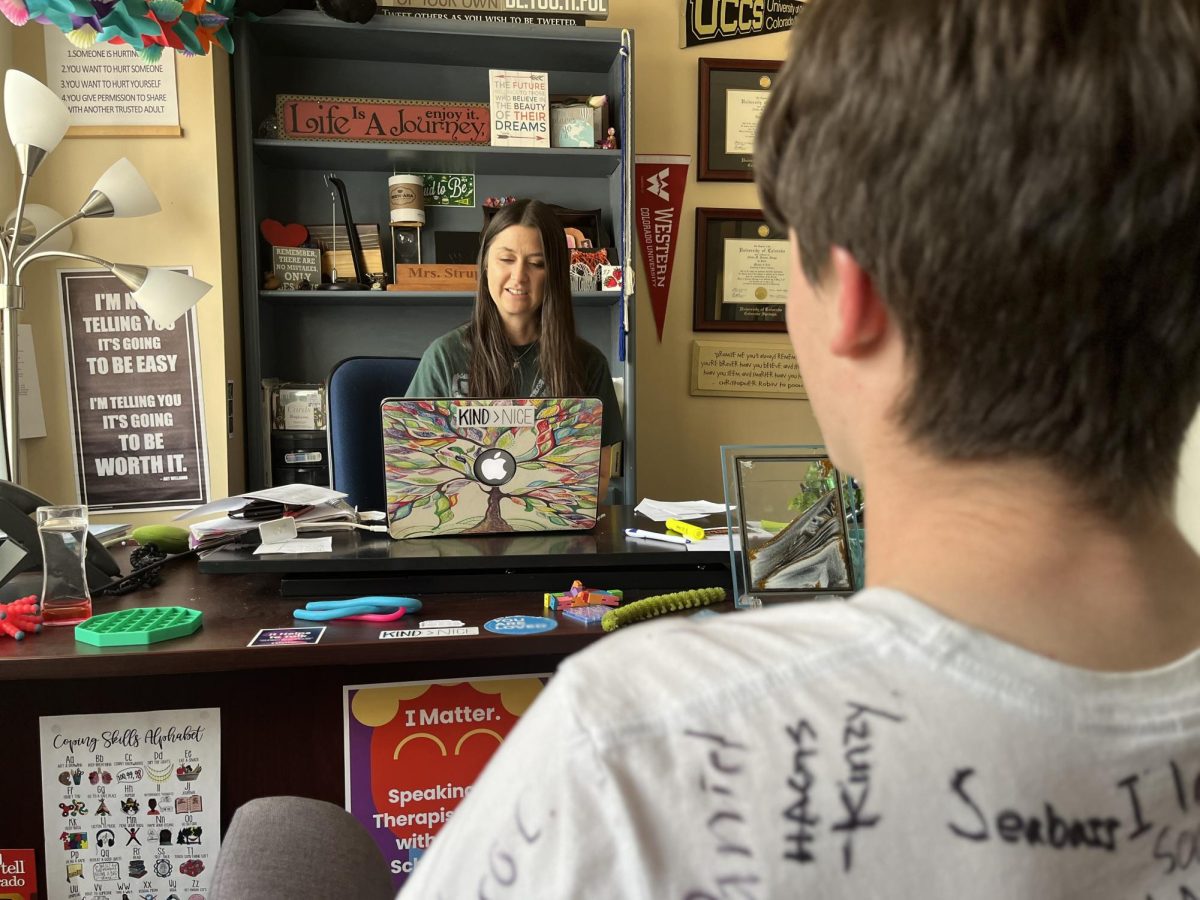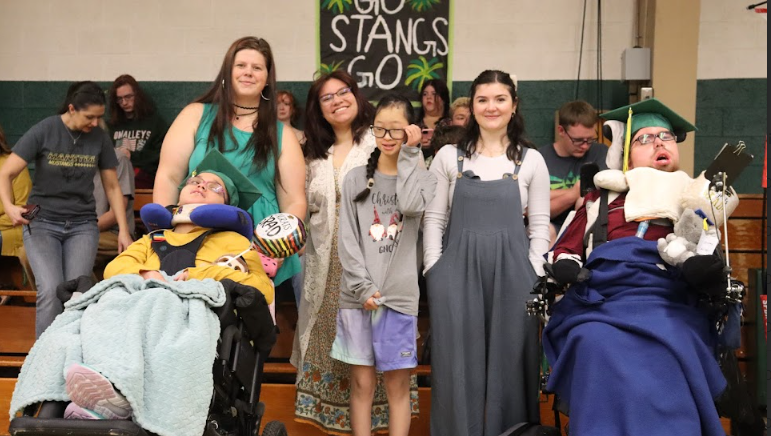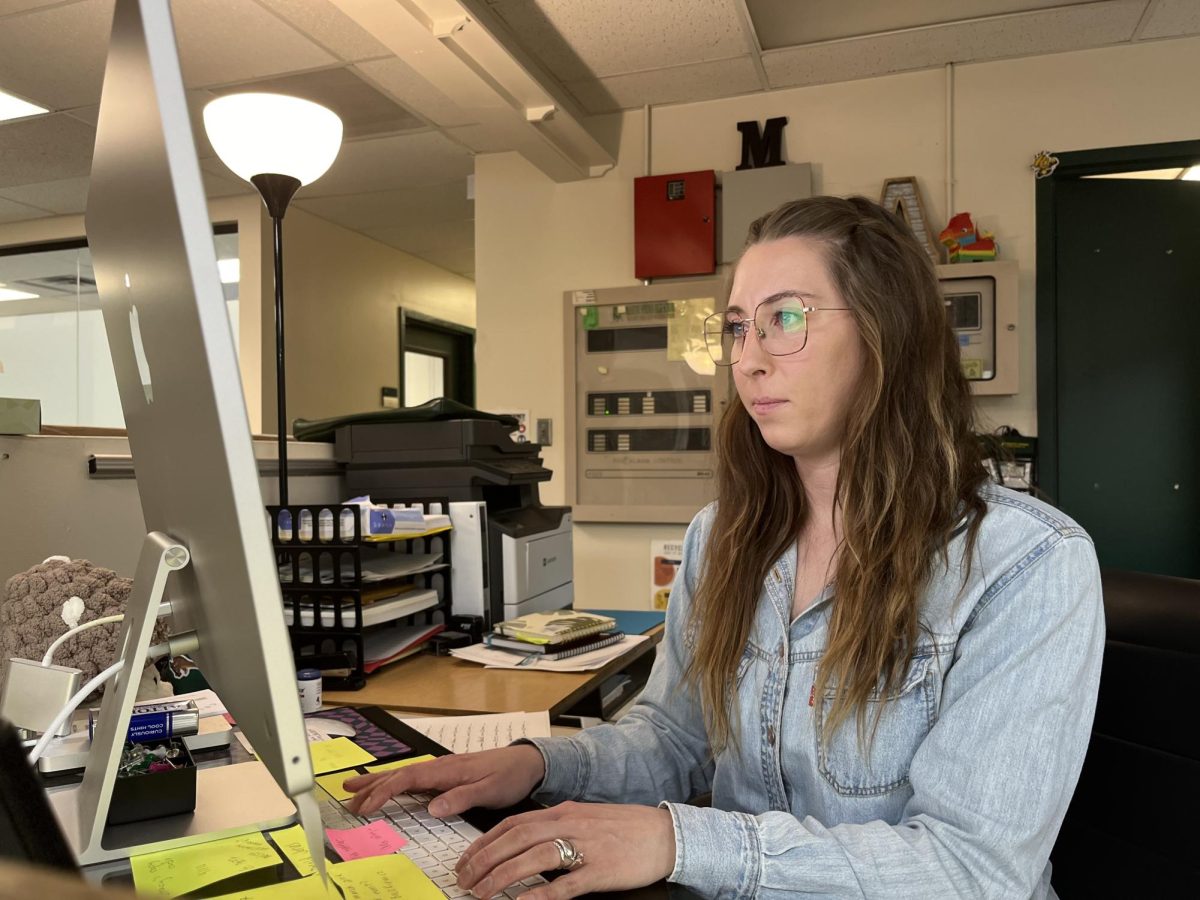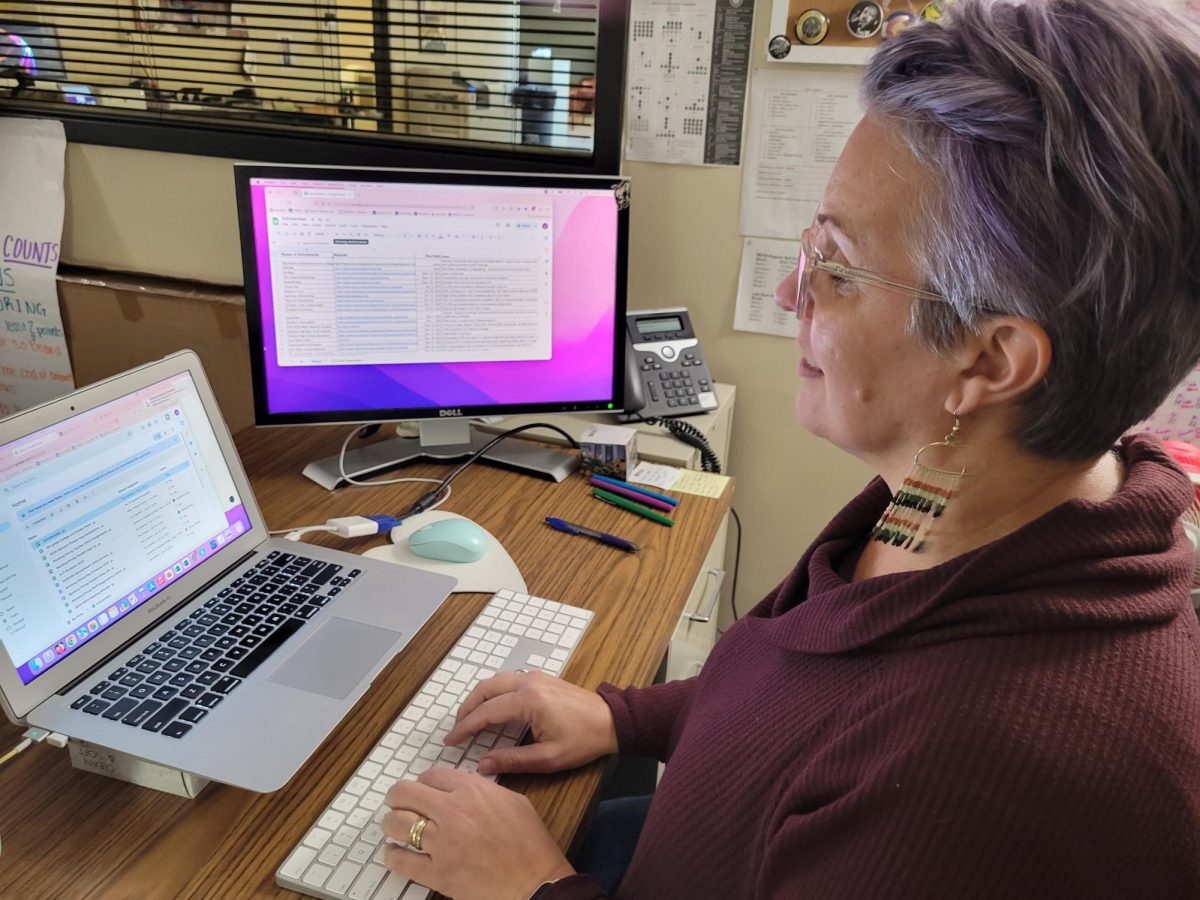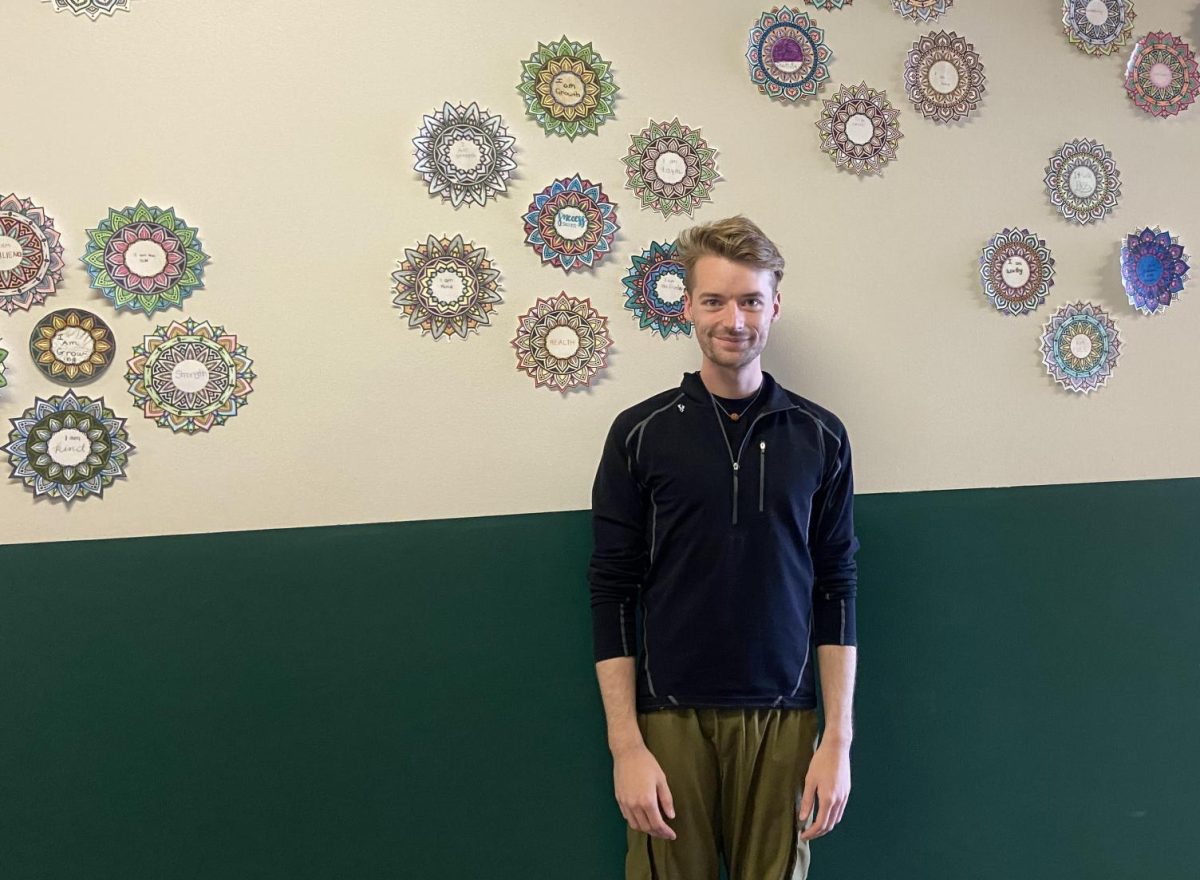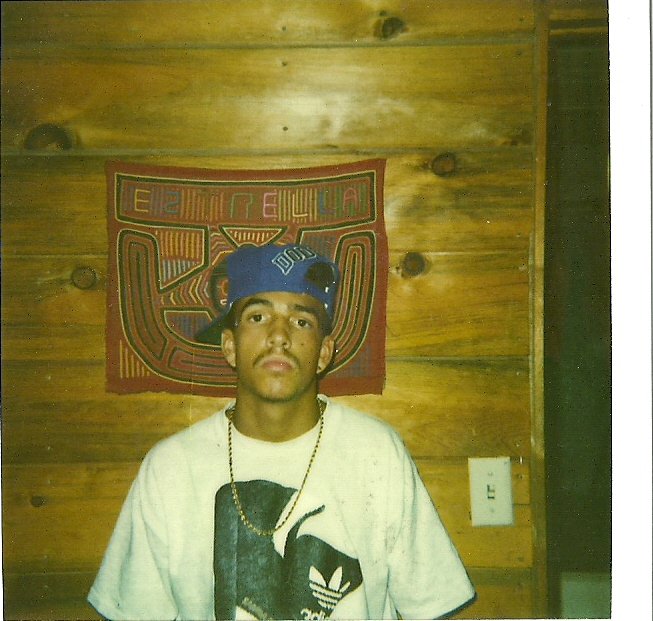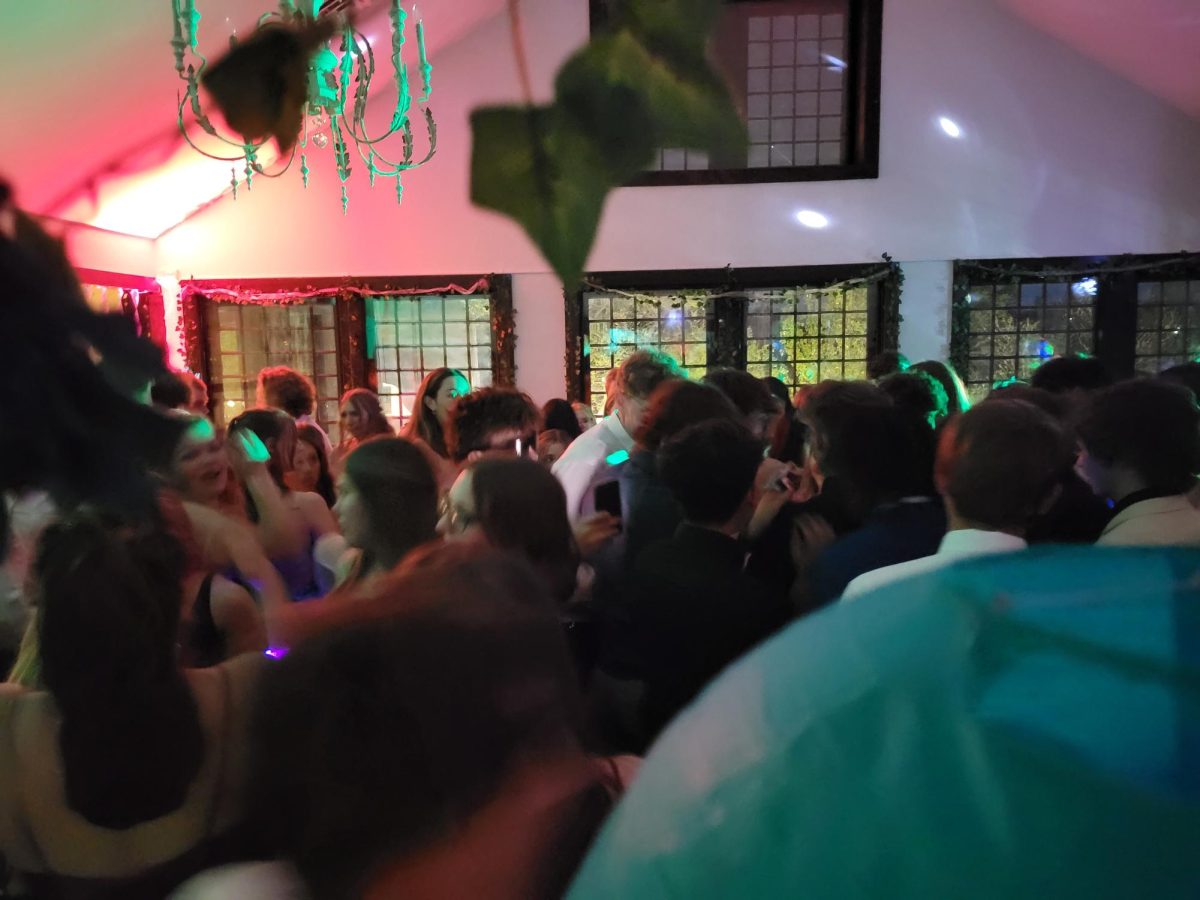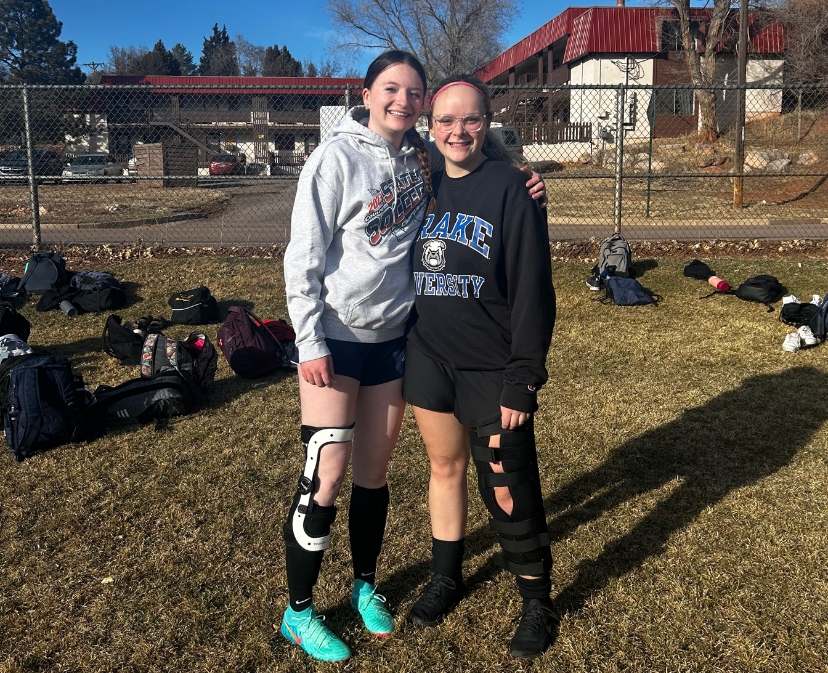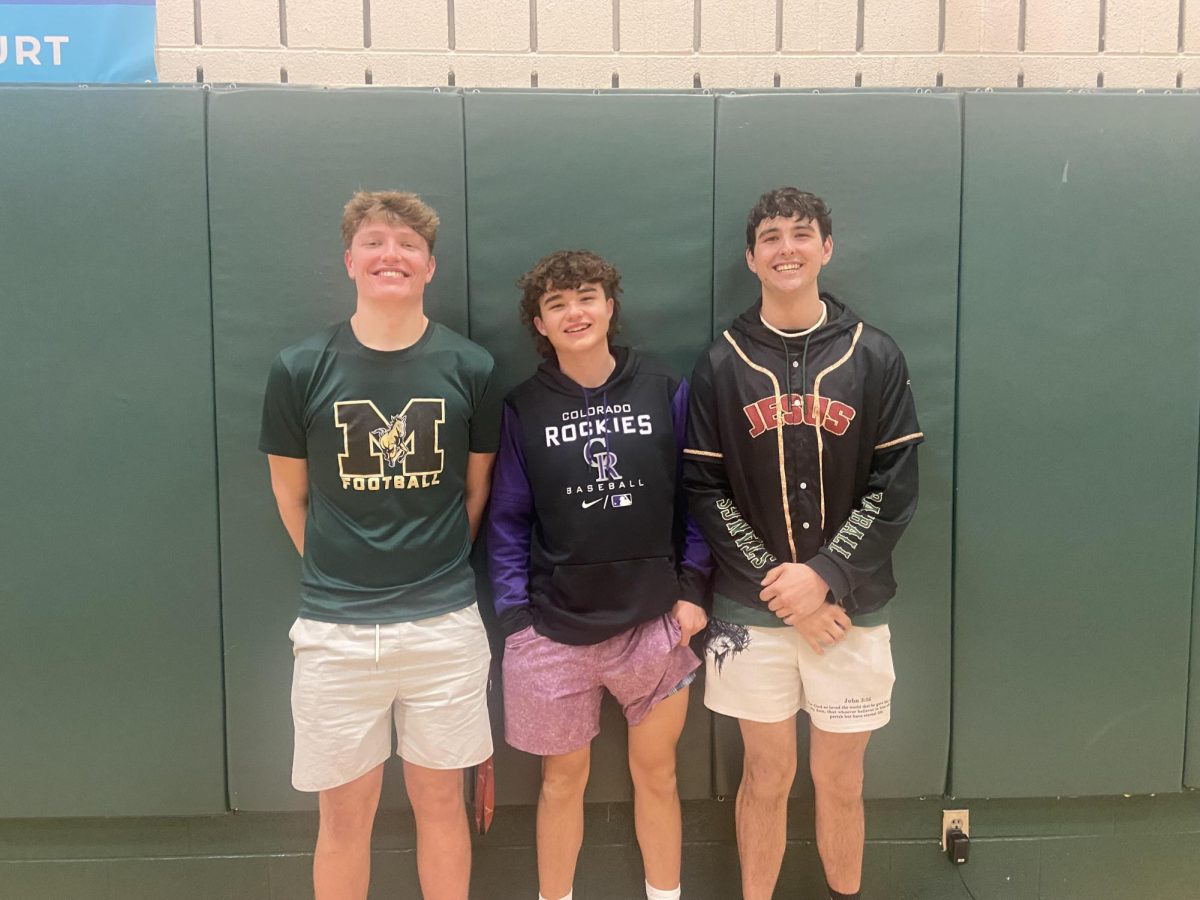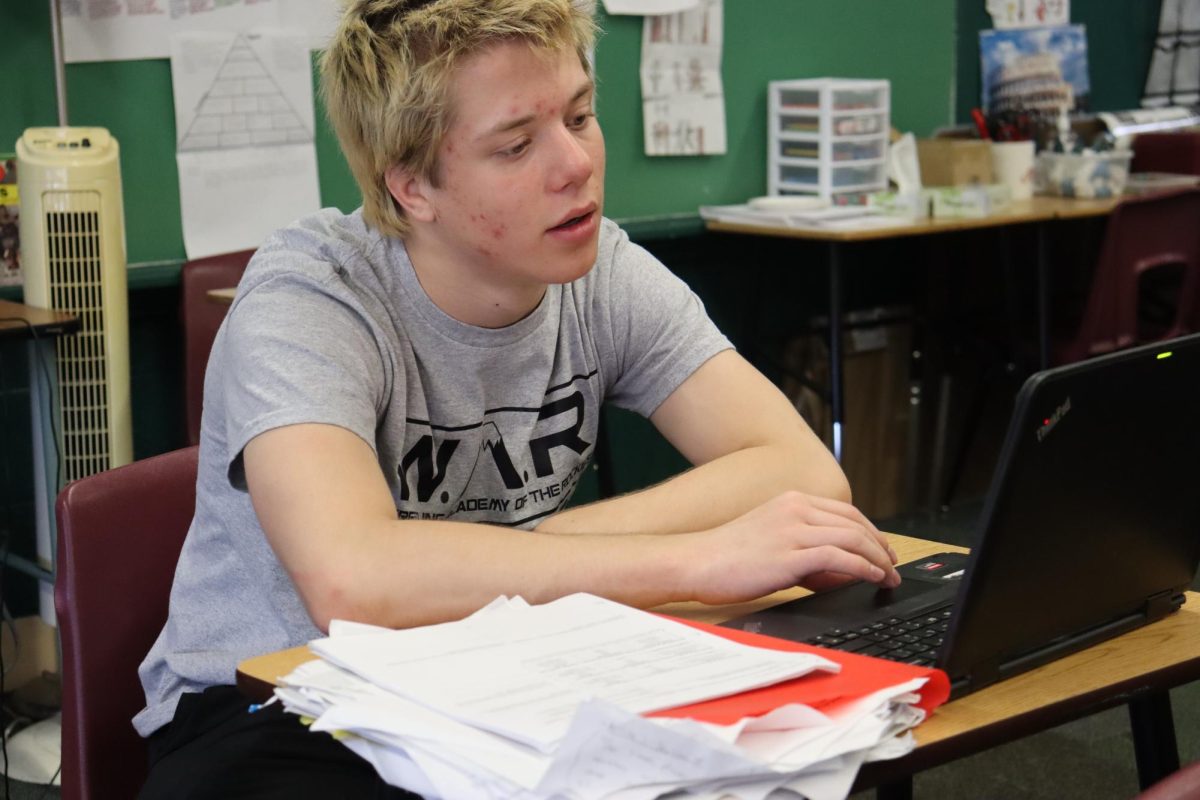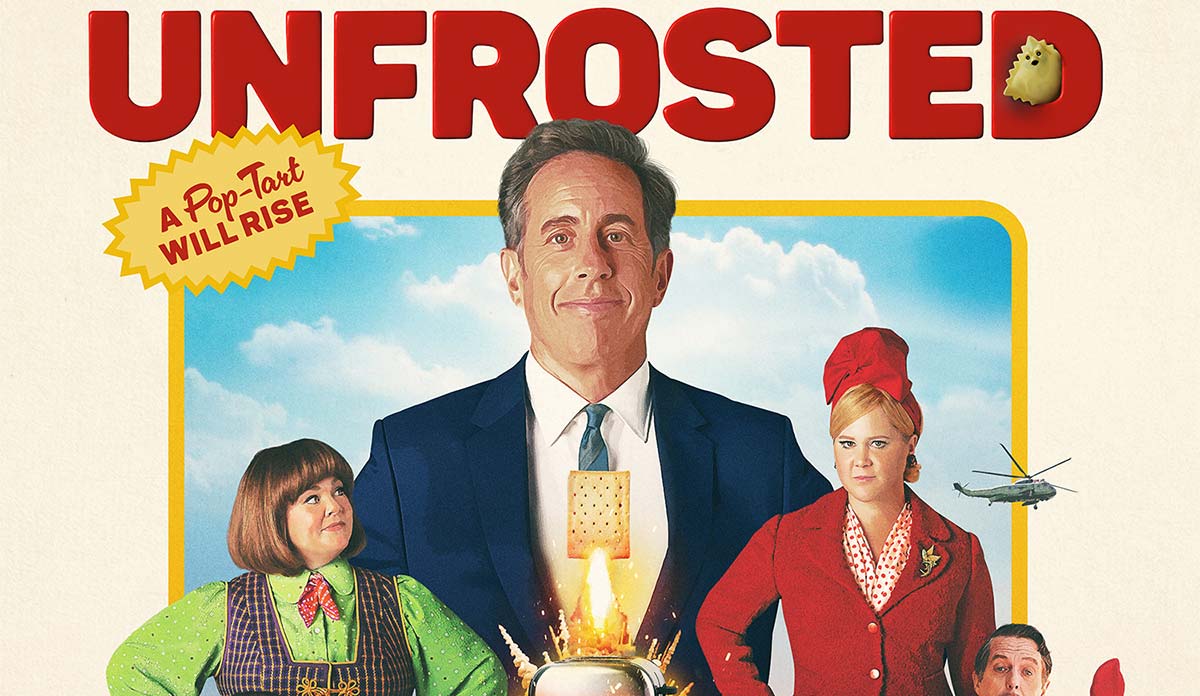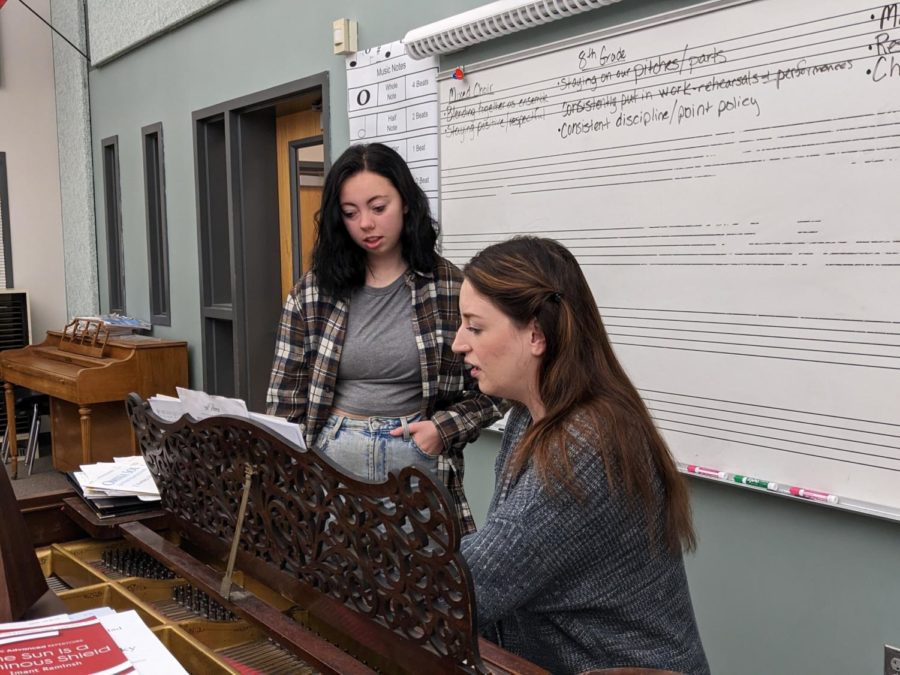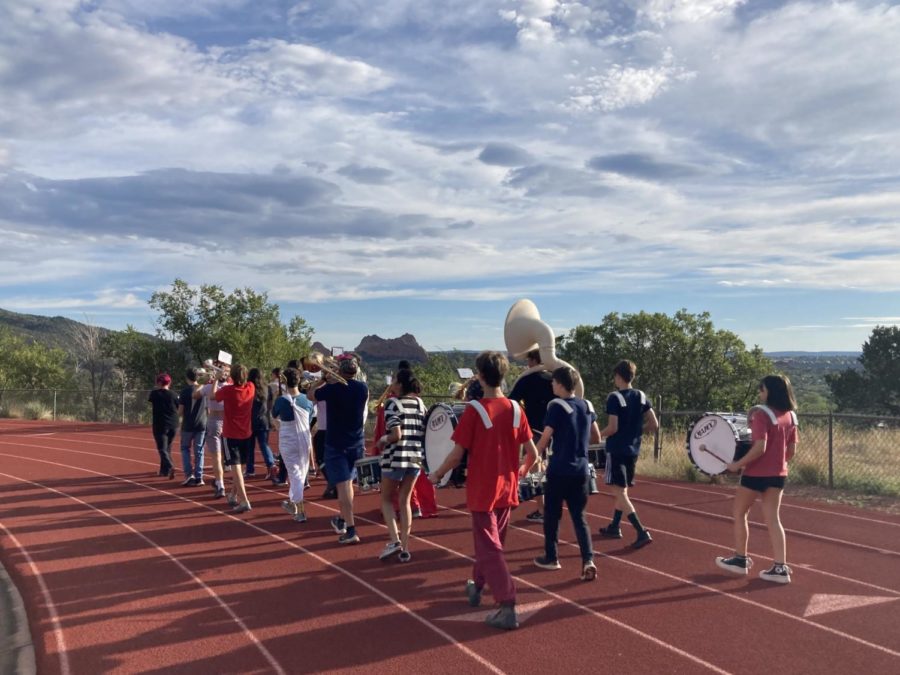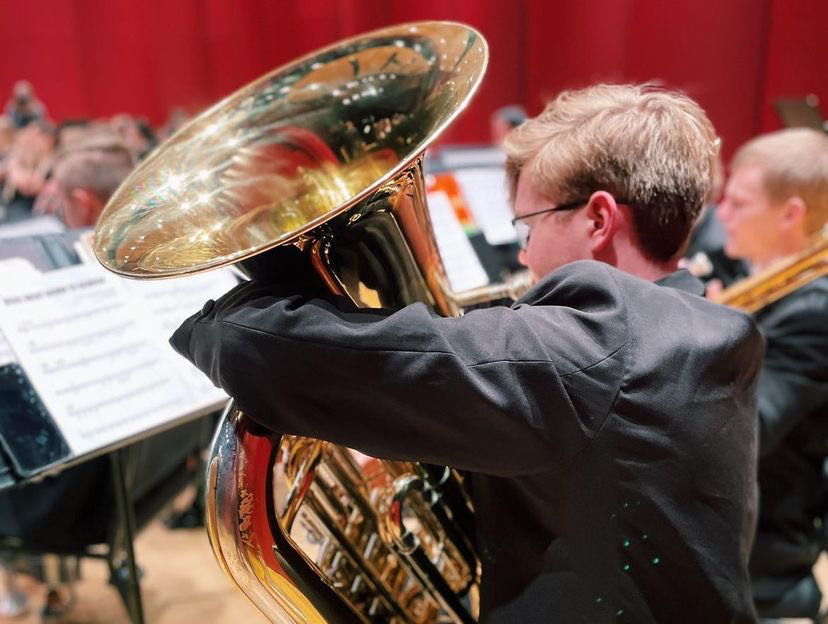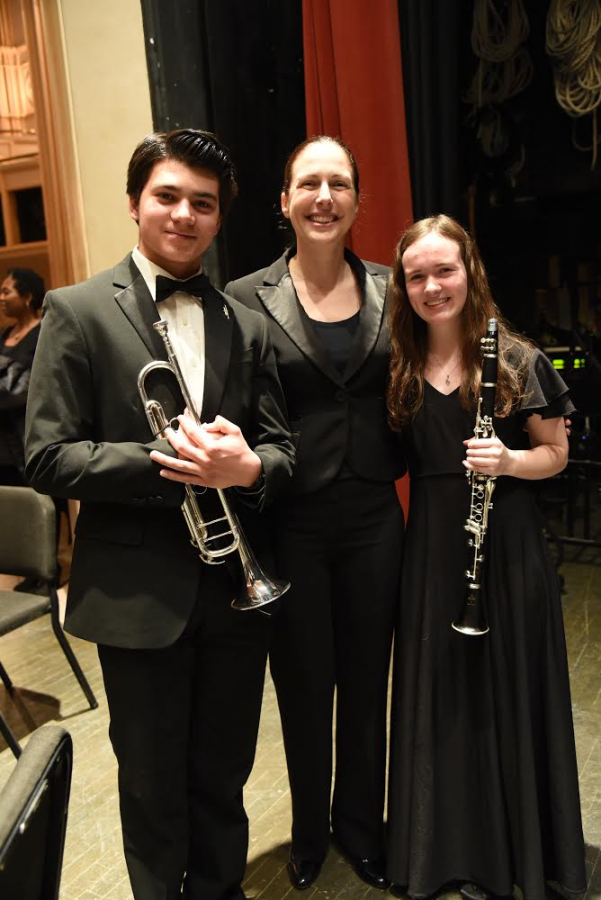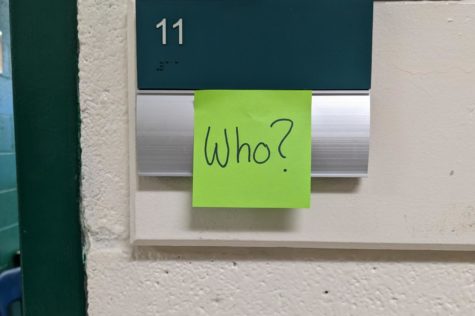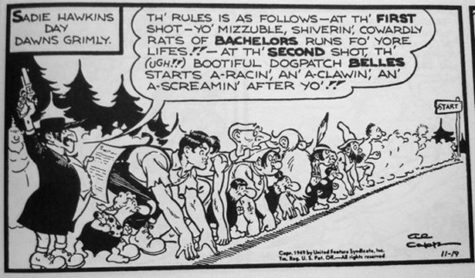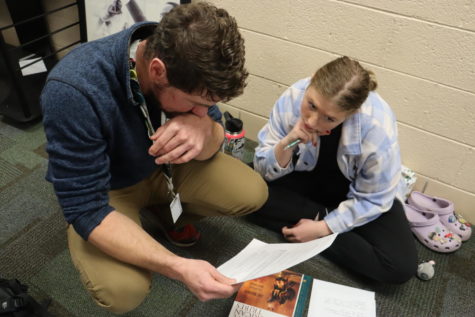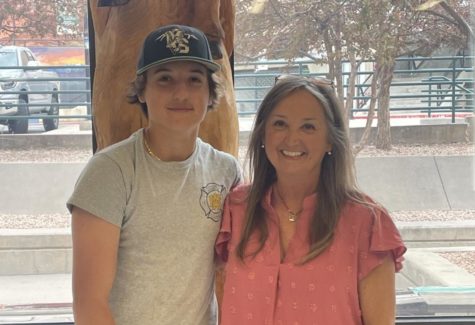The controversy over sex ed, and why it needs to change
March 13, 2015
Sex ed, or sexual education, is a high school course has been a controversial topic for as long as it’s been around. Parents who oppose it often believe that it promotes sexual activity within their teenagers. Teenagers believe that it’s a waste of time. Teachers can feel awkward and wary to indulge students in the whole truth. The one thing that’s certain is that no one is being taught the right thing.
Obviously, sex ed is a tricky subject. If students are given too much information, opponents believe, they could indulge in habits they previously would not have attempted. If they are not given enough information, they run a serious risk of lacking knowledge on how to be safe sexually.
There are two forms of sex ed most commonly taught to students: Comprehensive and Abstinence Only. The main difference between these two is that, while Abstinence Only teaches students not to have sex under any circumstances until marriage or the desire to have children, Comprehensive discusses alternative forms of available contraceptives and other methods of safe sexual activity.
The Abstinence Only course is the most-taught form of sex ed, and it presents the most issues. In 2006, 87% of American high schools taught Abstinence Only courses. Seeing as how that’s well beyond a majority of the country’s schools, you may find yourself asking “Well, what’s wrong with Abstinence Only courses?”
For starters, this course leaves out very important details about contraceptives. If they are talked about at all, facts about effectiveness are heavily skewed. Also, this course ignores one of the biggest problems high-school aged people face today: sexual assault. 44% of rapes are committed against people aged 18 and younger. Victims of such crimes rarely speak out. The most common reasons for this are self-blame and fear. They often believe that, had they done something different, the assault would not have happened. Also, attackers are known for making threats against a victim or their loved ones. Victims also rarely have a full understanding of domestic violence laws, and fear long trials and even indictment on their part.
Abstinence Only courses do not teach students how to protect themselves from rape, or what they should do in the case of sexual assault. In fact, these courses do not discuss consent at all. By refusing to acknowledge sexual assault, Abstinence Only courses are adding to the problem. Aside from blatantly ignoring very serious problems, these courses are also supporting gender roles by only discussing heterosexual and post-marital sexual activity.
The days of needing to explain how sex works biologically are over. In 2013, 47% of high school students aged 15-19 reported ever having sex. It’s obvious that high school students are having sex anyway, and so schools need to instead focus on teaching students about healthy relationships.
Some may argue that this is not a relevant issue. However, abusive relationships are everywhere, with a shocking presence in American high schools. One in three adolescents in the U.S. is a victim of some form of abuse from a dating partner, whether it be physical, emotional, verbal or sexual. If that statistic was applied to Manitou Springs High School, roughly 167 students could be expected to be victims of at least one of these forms of abuse. However, only about 56 of them would have spoken up.

When it comes to the birds and the bees, teenagers these days are often terribly misinformed on a lot of important points.
Obviously, this is a huge problem and no one is talking about it due to a fundamental rule that has been taught for centuries: sex is wrong. People are taught that premarital sex dirties them, makes them “impure”, even if it’s rape. A high school student who has experienced sexual assault may not speak up due to fear of being shamed for their actions, even when they could not stop the abuse from happening to them. More times than not, the abuser gets away with their crimes while the victim is left to deal with them. Adolescents who face assault run a significantly higher risk for substance abuse, eating disorders, risky sexual behavior and future domestic violence. Women aged 16-24 are nearly three times as likely to experience some form of domestic abuse than the national average.
The problem with modern-day high school level sexual education is that it indirectly blames the victim by ignoring the problem of domestic abuse. We need to seriously reconsider the stance taken when teaching students about sexual relationships. Instead of spending dubious amounts of time explaining the biology of the act, more time needs to be spent explaining how to protect against sexual assault, how to get away from domestic violence, and what to do in the case of any form of abuse – not to mention the practicalities of different kinds of contraceptions, how often to see a doctor, and how to have safe sex. If these changes were made, countless adolescents would be given a voice, and hopefully, the amount of students who need to speak out would eventually be severely reduced.

